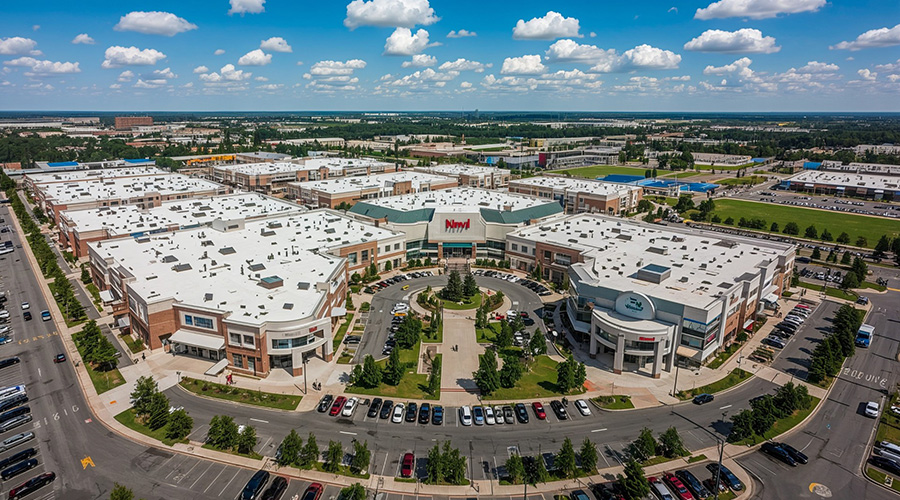DG software should be standard for any organization that ships hazardous materials regularly. However, a recent survey shows that just having this software doesn’t automatically inspire confidence in shipping hazmat compliantly.
According to Labelmaster’s 2016 survey of DG shippers, 77 percent of participants do not consider their shipping technology to be forward-thinking, and 31 percent do not believe their companies have the right technology in place to meet emerging regulations.
In today’s rapidly changing world of regulations and complex logistics, keeping up means having the right technology and infrastructure in place. Today’s shippers should consider fully integrated DG software as a solution to help meet regulatory compliance and streamline supply chain operations.
DG software is only part of the solution
All but the smallest shippers now run their operations on enterprise resource planning (ERP) software. But many have been slower to adopt DG software, even as DG shipping has become more complicated. DG software helps companies ship hazmat compliantly by classifying shipments, producing documentation, and validating correct packaging, labels and markings.
Yet many shippers find that running DG software alongside their ERP systems adds extra steps to their shipping operations. Without ERP integration, even the best DG software is a less-than-ideal solution.
While you might receive the best output, the process creates more work as two separate sets of addresses are required, and the user must learn two different interfaces. That’s a lot of wasted time and effort. Some ERP systems do offer DG functionality, but they lack sophistication and are not guaranteed to support the latest regulations. For the most accurate, most streamlined operation, the optimal solution is to have DG functionality fully integrated within your ERP.
Integrated system benefits
When DG software is fully integrated into an ERP, they run like one system – because they are one system. The benefits of such a set-up include:
• Users work with one familiar interface
• When DG functions are required, the system accesses them seamlessly
• There’s no wasted time or effort as data needs to be entered only once
• Less data entry means errors are reduced or eliminated
• Training is simplified because there’s only one interface to learn
What’s more, integrated DG software updates regulations and tables automatically, so the ERP stays current and keeps shipments compliant.
Another factor to consider is implementing DG software that features an application programming interface (API). APIs allow one program – like a shipper’s ERP platform – to link to another cloud-based program without any interruptions to its interface. To the user, it appears as if everything is part of the same system.
Many programmers consider an API to be the most sophisticated level of integration between any two systems. Labelmaster's Dangerous Goods Information System (DGIS) software, for example, allows API integration to seamlessly connect with most major ERP platforms, including SAP.
Shipping hazardous materials is a complicated, time-consuming process. Integrating ERP and DG software systems takes initial IT work, but results in a simplified shipping process with more robust capabilities – which is the ideal logistics technology solution for streamlined compliance.
Brandon Yost is a senior solutions manager for Labelmaster.

 Healthcare Is the New Retail
Healthcare Is the New Retail Bridgeway Behavioral Health Services Launches Campaign to Renovate Health Center
Bridgeway Behavioral Health Services Launches Campaign to Renovate Health Center Ground Broken for New North Dakota State Hospital
Ground Broken for New North Dakota State Hospital AI Usage for Healthcare Facilities
AI Usage for Healthcare Facilities Ground Broken on Pelican Valley Senior Living Modernization Project
Ground Broken on Pelican Valley Senior Living Modernization Project